
In February 1993, the University of Minnesota announced that it would charge licensing fees for the use of its implementation of the Gopher server.[11][9] Users became concerned that fees might also be charged for independent implementations.[12][13] Gopher expansion stagnated, to the advantage of the World Wide Web, to which CERN disclaimed ownership.[14] In September 2000, the University of Minnesota re-licensed its Gopher software under the GNU General Public License.[15]
https://en.wikipedia.org/wiki/Gopher_(protocol)#Decline
It’s probably not quite right to call it an open source alternative, though. I don’t think that gopher or anything was established in a monopolistic way, but that was before my time. Besides, the internet was all universities back then.




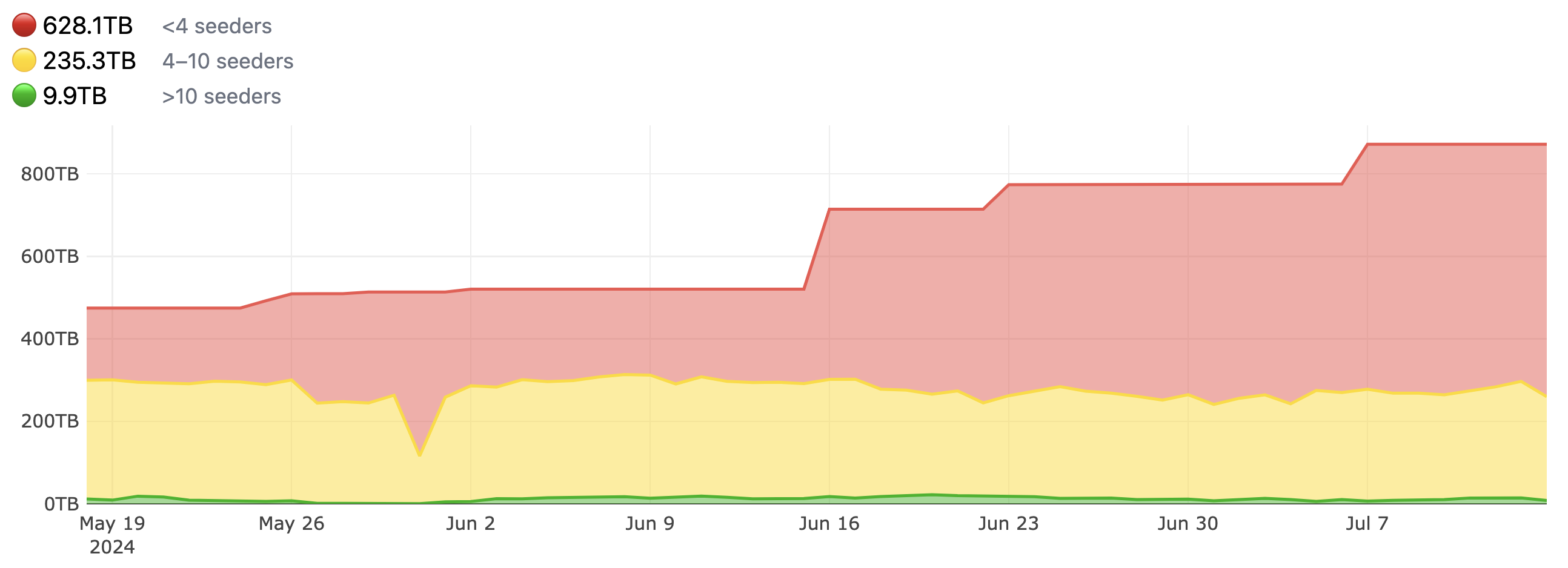






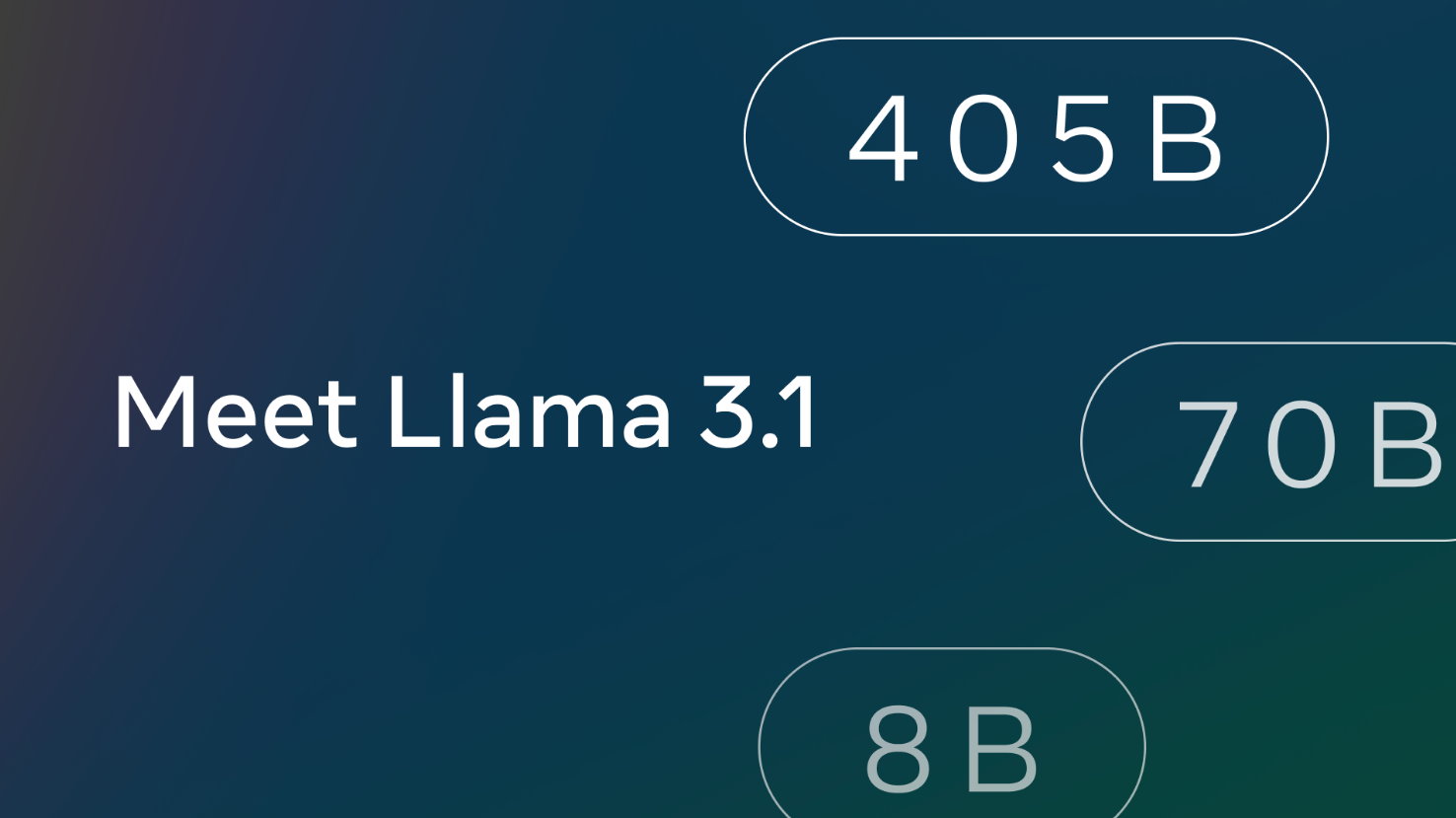



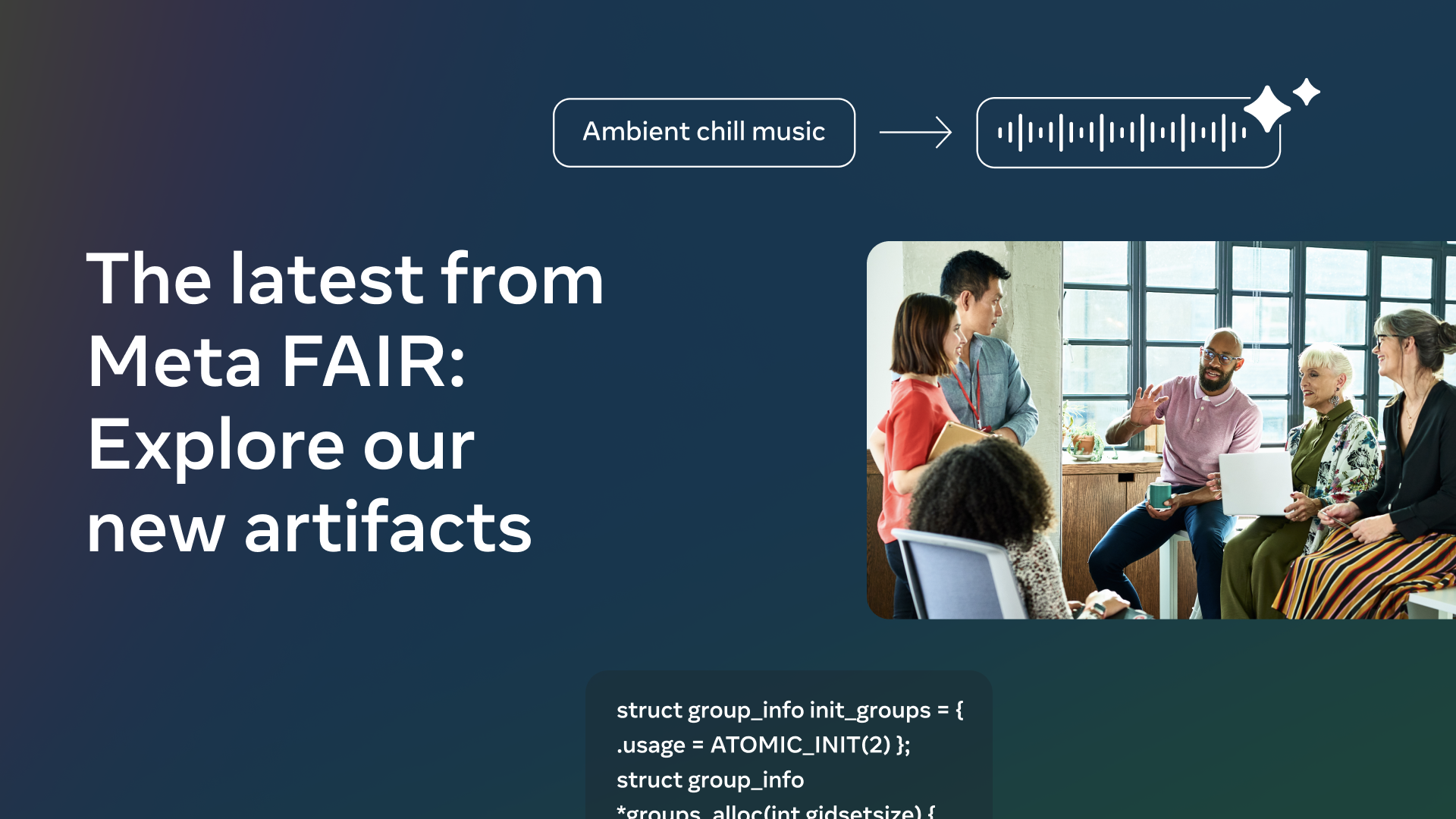
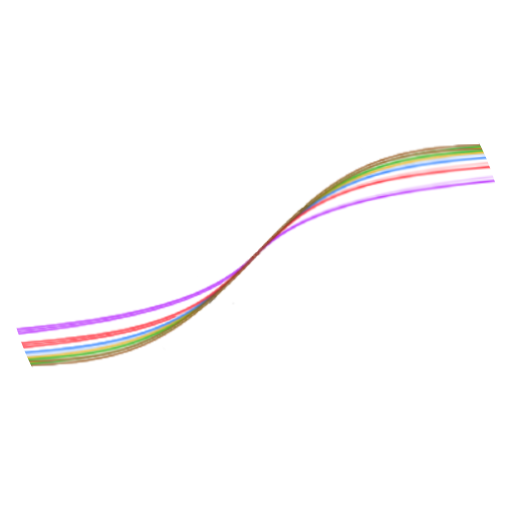
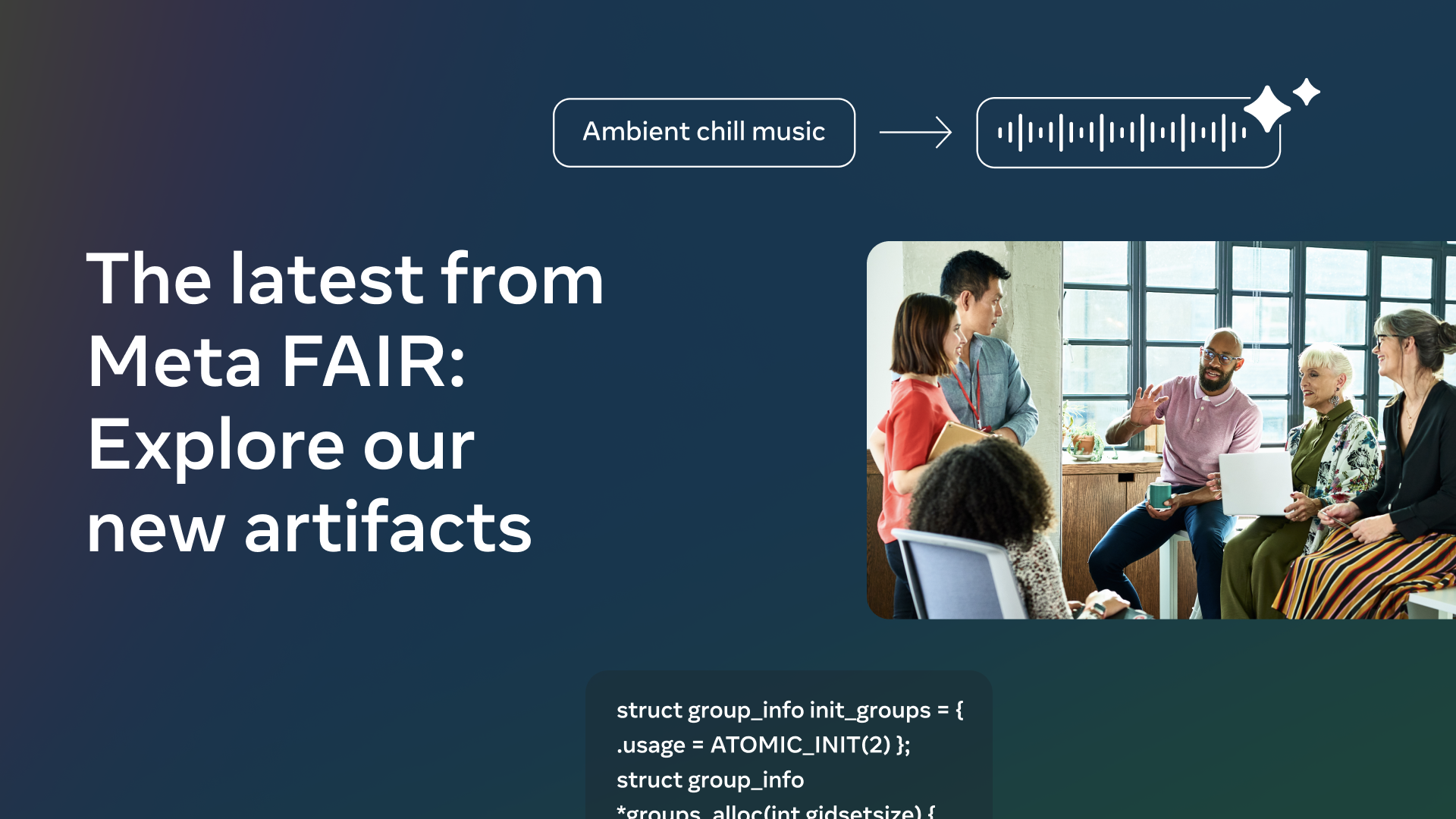





From LSD: My Problem Child by Albert Hofmann. I will leave it to others to explain all the ways in which this is absolutely hair-raising.